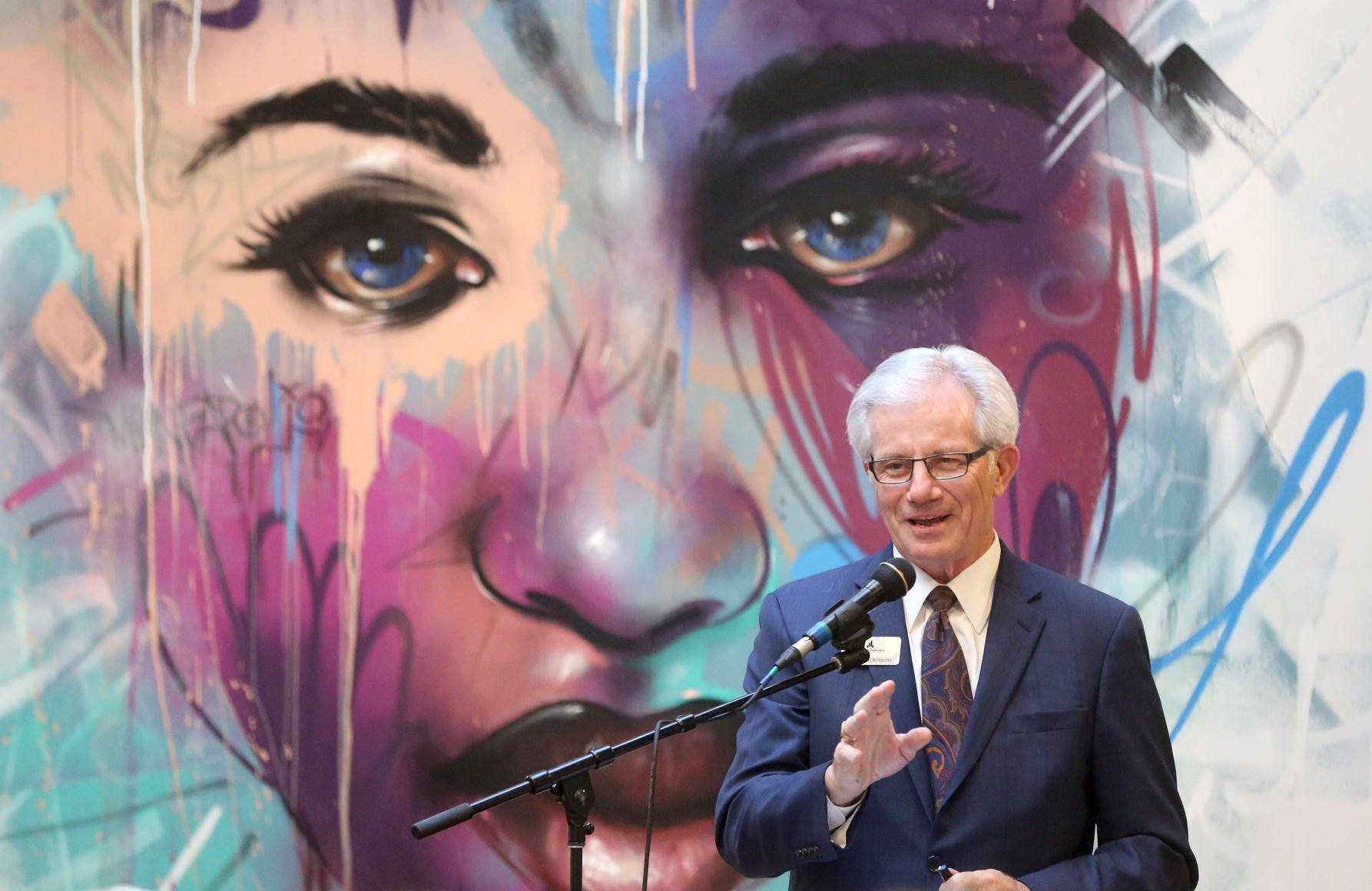Unemployment in all area counties remained below state and national averages in October, and officials believe local jobless rates could tumble even further before year’s end.
Dubuque County had an unemployment rate of 3.2% last month, according to state data released this week. That is below the 3.7% rate reported in October 2020, and it is lower than the October 2021 state average of 3.9% and national average of 4.6%.
The jobless rate in Dubuque County did, however, come in slightly higher than it was in September, when unemployment was at 2.9%.
Rick Dickinson, president and CEO of Greater Dubuque Development Corp., said that change is largely due to standard seasonal shifts in employment.
“I think that accurately reflects what we typically see this time of year,” he said. “Sometimes, you see a slight uptick in October, right before you get to the strong retail season.”
Dickinson emphasized that other metrics better illustrate the continued hiring struggles facing local businesses.
He noted that the number of employed Dubuque County residents remains about 2,000 below where it stood in October 2019 — the last October before the pandemic began to drastically alter labor dynamics. The vast majority of those people have left the workforce altogether and are not reflected in unemployment metrics, which only measure those obtaining state unemployment benefits.
Dickinson believes that drawing individuals back into the labor force remains the key to filling an abundance of open positions in the local job market. But the lingering presence and impacts of COVID-19 continue to influence labor issues, he said.
“Only once we knock down the pandemic will we get to the point where those who dropped out of the workforce are likely to return,” he said.
John Deere union workers who commenced their strike in October were not counted among the “unemployed” in the state’s report.
Local counties outside of Iowa also displayed jobless rates below state and national averages.
In Jo Daviess County, Ill., the unemployment rate was 3.2% in October, well below the 4.7% jobless rate seen in the same month of 2020.
Grant County, Wis., saw its unemployment rate fall all the way to 2% in October, slightly below its 2.1% rate from the prior month. The jobless rate was substantially below the 3.2% rate from the same month in 2020.
Ron Brisbois, executive director of Grant County Economic Development Corp., said the unemployment rate could dip below 2% before the year comes to an end.
“The numbers (from last month) are in line with what I expected,” Brisbois said. “I think we could see the unemployment rate fall even further in November, maybe to 1.9% or 1.8%.”
The continued decline of unemployment likely will be driven by seasonal hires. Brisbois said retail stores and call centers, which provide customer service for large catalog businesses, will aggressively hire during the holiday season.
Trends could begin to reverse in early 2022, when construction workers still aren’t working and temporary holiday workers are no longer needed.
Despite these seasonal fluctuations, Brisbois is convinced that the labor shortage witnessed in the region is here to stay.
“Right now, we are witnessing what is maybe the tightest labor market, historically, that we have ever seen in the area,” Brisbois said. “We are going to be seeing ‘Help wanted’ signs for a long time.”
Brisbois emphasized that Grant County is focused on long-term solutions to the workforce shortage, most notably trying to support additional housing in the region. Without additional housing options, he explained, the county will not be able to attract new residents who can fill the large number of vacant positions.
Conveying the opportunities in today’s labor market might be another way to coax additional people into the workforce.
Dickinson emphasized that workers wield great influence today, given the unique labor dynamics present in today’s economy.
“Right now, there are excellent positions available in all segments of the economy,” he said. “Companies in every industry are desperate to hire. Workers have never had greater opportunities.”
Last week, the number of Americans applying for unemployment benefits dropped to 199,000, the lowest since November 1969. Since topping 900,000 in early January, the applications have declined steadily and now have fallen below their prepandemic level of around 220,000 per week.



